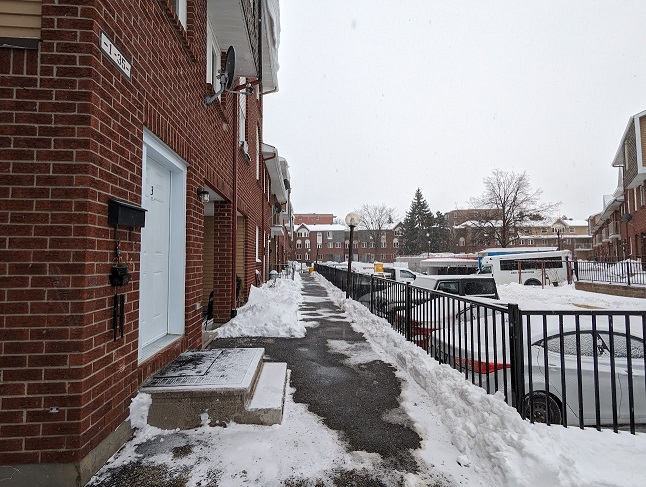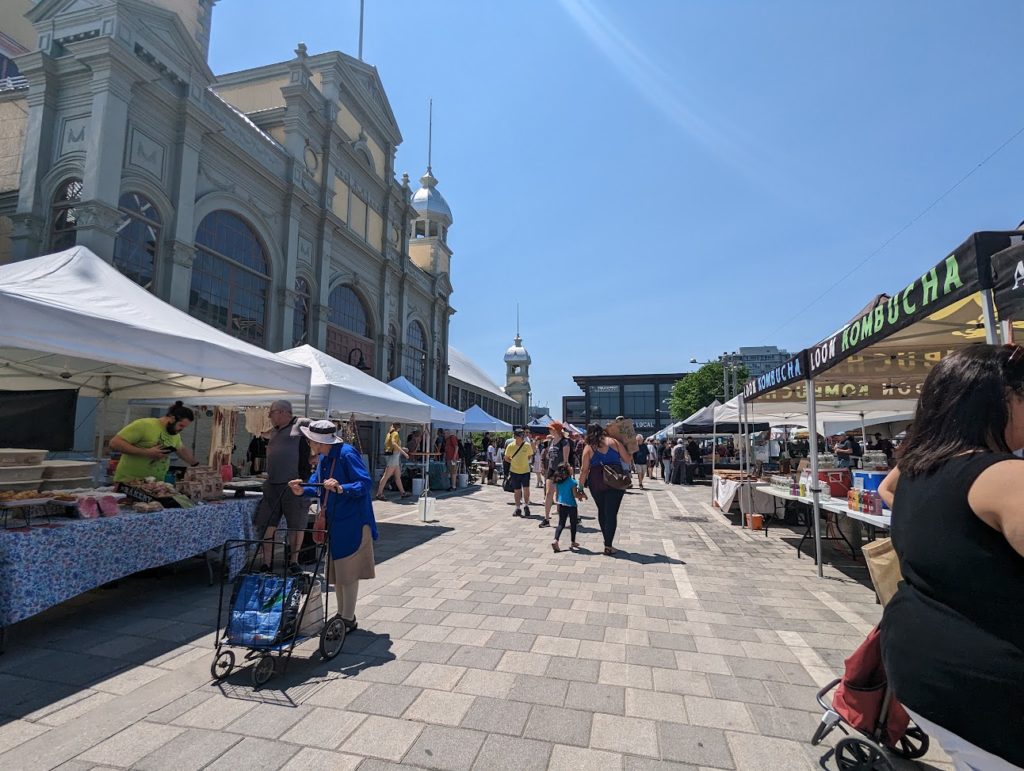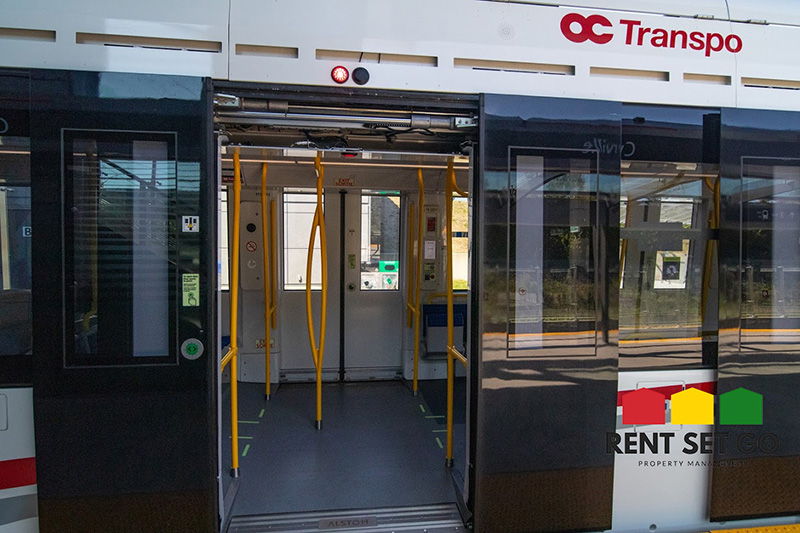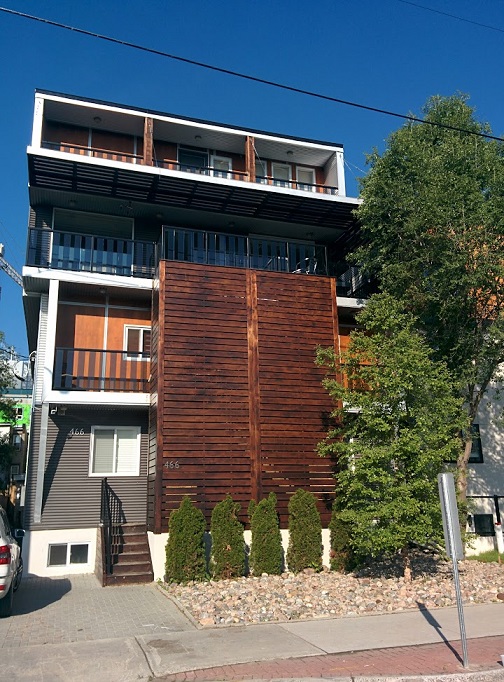Nestled in the heart of Canada, Ottawa stands out not just as the nation’s capital but also as a vibrant hub for renters seeking a blend of urban convenience and scenic beauty. With its diverse neighborhoods, each offering unique characteristics and amenities, understanding the rental demand in Ottawa is crucial for both potential renters and investors. In recent times, the city’s rental market has seen significant shifts, influenced by various economic, demographic, and cultural factors.

This article delves into the intricacies of Ottawa’s rental landscape, spotlighting the neighborhoods that have emerged as the most sought-after by renters. By examining the latest data from Rentals.ca and comparing it to national trends, we aim to provide a comprehensive understanding of the factors driving rental demand in different areas of Ottawa. Whether you’re contemplating a move to the city, or looking to invest in its rental market, this guide offers valuable insights into where and why certain neighborhoods stand out in Ottawa’s dynamic rental scene.
Analyzing Key Factors Influencing Rental Demand in Ottawa
Ottawa’s rental market is a complex ecosystem influenced by various factors. Understanding these can help renters and investors make informed decisions. Here, we explore the key elements driving rental demand in Ottawa’s neighborhoods.
Economic and Employment Opportunities
Ottawa’s economy, buoyed by sectors like technology, government, and education, plays a pivotal role in shaping its rental market. The presence of major employers, including federal government departments and high-tech companies, attracts a diverse workforce. Neighborhoods proximal to these employment hubs often see heightened rental demand due to the convenience of shorter commutes and access to job opportunities.
Demographic Trends
The demographic profile of Ottawa is diverse, with a mix of students, young professionals, families, and retirees. Each group has distinct preferences, impacting the rental demand differently across neighborhoods. For instance, areas near universities like Sandy Hill are popular among students, while family-friendly suburbs like Kanata attract long-term renters seeking residential stability.
Lifestyle and Amenities

The lifestyle preferences of Ottawa’s residents significantly influence rental demand. Neighborhoods that offer a balance of urban amenities and natural beauty, like the Glebe or Westboro, are highly coveted. The availability of parks, restaurants, shopping centers, and cultural venues makes certain areas more attractive, driving up rental demand.
Housing Stock and Affordability
The type and availability of housing in various neighborhoods also affect rental demand. Areas with a mix of housing options, from high-rise apartments to townhouses, cater to a broader range of renters. Additionally, neighborhoods that offer more affordable rental options, such as Vanier or Nepean, are particularly appealing to budget-conscious renters.

Accessibility and Public Transportation
Easy access to public transportation is a significant factor for many renters in Ottawa. Neighborhoods well-served by the OC Transpo network, including those along the Light Rail Transit (LRT) lines, see a steady demand. Good connectivity reduces commute times and enhances the overall appeal of a neighborhood.
Spotlight on High-Demand Neighborhoods in Ottawa
Ottawa’s rental market is diverse, with several neighborhoods standing out due to their high rental demand. In this section, we highlight some of these areas, discussing what makes them popular among renters.
The ByWard Market
The ByWard Market/Lower Town is a vibrant area known for its bustling nightlife, eclectic shops, and diverse dining options. Its proximity to the University of Ottawa makes it a favorite among students and young professionals. The area’s lively atmosphere and central location drive its rental demand.
Centretown
Centretown is at the heart of Ottawa, appealing to those who crave urban living. It’s home to a mix of historic and modern properties, offering a variety of rental options. The neighborhood’s accessibility, coupled with its array of shops, restaurants, and cultural attractions, makes it a top choice for renters.
Kanata
Kanata, a suburb of Ottawa, is known for its family-friendly environment and proximity to high-tech employment hubs. With its mix of residential options, from apartments to detached homes, Kanata caters to families and professionals alike. The area’s parks, schools, and shopping centers add to its appeal.
Sandy Hill

Adjacent to the University of Ottawa, Sandy Hill is a hub for students. The neighborhood offers a range of rental options, from historic homes to newer apartment buildings. Its close proximity to downtown and the university campus makes it a prime location for student renters.
Westboro
Westboro is a trendy neighborhood known for its boutique shops, trendy cafes, and proximity to the Ottawa River. The area attracts a mix of young professionals and families, drawn by its active lifestyle and community feel. Westboro’s rental market remains strong, buoyed by its desirable location and amenities.
Comparing Ottawa’s Rental Demand to National Trends
Ottawa’s rental market shows unique characteristics when compared to the broader Canadian landscape. This section draws insights from the latest Rentals.ca report to contextualize Ottawa’s rental scenario within the national framework.
National Rental Trends
As of November 2023, the average asking rent for all residential property types in Canada was $2,174, nearly holding steady from the record high in October. The annual rate of rent growth in Canada moderated for the third consecutive month, with asking rents increasing by 8.4% year-over-year in November. Apartment rents across Canada averaged $2,125, reflecting an 11.2% increase from the previous year.
Ottawa’s Rental Market in Context
In contrast, Ottawa experienced a somewhat slower rate of rent increase, recording an annual growth of 6.8% to reach an average of $2,238 in November. This indicates that while Ottawa’s rental market is growing, it’s doing so at a more moderate pace compared to the national average.
Shared Accommodation Trends

Interestingly, the average asking rents for shared accommodations across major provinces grew significantly over the past year. For instance, in Ontario, asking rents for roommate rentals increased by 10.6% to an average of $1,067, with Ottawa averaging $962 for such units.
Data and Methodology
It’s important to note that the Rentals.ca report’s data, covering both primary and secondary rental markets, provides a more comprehensive view of the rental market than the Canada Mortgage Housing Corporation (CMHC) data, which focuses primarily on purpose-built rental apartments.
Future Predictions and Tips for Renters and Investors
As we’ve explored, Ottawa’s rental market is characterized by its diversity and dynamic nature, influenced by various factors from economic trends to neighborhood-specific attributes. While the current trends show a moderate growth rate in rental demand, especially when compared to the national average, it’s crucial for both renters and investors to stay informed about the evolving market conditions.
For renters, understanding the unique aspects of each neighborhood can help in making a well-informed choice that aligns with their lifestyle and budget. For investors, recognizing the areas with high rental demand and potential for growth is key to making strategic investment decisions.
As Ottawa continues to evolve, it’s expected that its rental market will also undergo changes, influenced by broader economic conditions, infrastructural developments, and demographic shifts. Keeping a pulse on these trends will be essential for navigating Ottawa’s rental landscape effectively.
